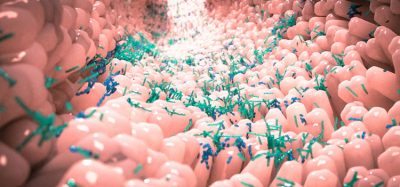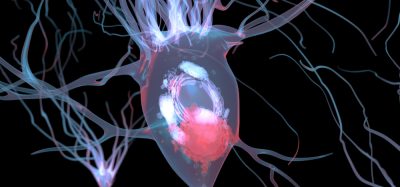Expert view: Bridging the gap in users’ needs
Posted: 11 September 2017 | Guillaume Frugier (Molecular Devices) | 1 comment
The automated imaging and high-content imaging (HCI) markets are experiencing a widening dichotomy of users’ needs. Diverse hardware and software solutions are needed to bridge this divide…
On one hand, an increasing population of scientists is requiring access to these technologies, but this is often hampered by a mismatch between simple imaging needs and more sophisticated software or hardware. On the other hand, more complex assays are being adapted on HCI platforms, and this necessitates software and hardware to be more agile and flexible, sometimes needing more highly trained users.
These evolutions are fuelled by the unmatched statistical power of modern image data analysis software and automated microscopes’ ability to capture data in ever-expanding dimensions (notably time and Z) and with acute resolution.
We see a challenge in reconciling this divide inside a unique package, especially with what is typically a capital expenditure for institutions needing to serve different user profiles. We therefore believe that diverse hardware and software solutions must be developed and supported. This is why we have expanded our ImageXpress imaging portfolio. The new, cost-effective, ImageXpress Nano Automated Imaging System introduces the collaborative and browser-based CellReporterXpress software solution to users with a simple, defined spectrum of applications. At the other end of the range, the ImageXpress Micro 4 and ImageXpress Micro Confocal high-content systems, driven by the acclaimed MetaXpress software, are aimed at users demanding unparalleled flexibility and evolving capabilities in higher throughput to address complex biological applications such as 3D spheroid screening.
An added challenge in such a heterogeneous and rapidly evolving field is the continual need to combine data management with lead (or phenotype) identification for efficient drug discovery.
As the number of different platforms, instruments, cell models and users further increases and diversifies, vendors will need to create or improve tools to help integrate and extract meaning from the mountain of data generated by ever higher throughput and model complexity.
Also featured in this Imaging In-Depth Focus:
Visualising the effects of targeted therapies on patient tumours
James O’Connor (University of Manchester)
Mass spectrometry imaging in drug discovery
Richard JA Goodwin (AstraZeneca), Josephine Bunch (National Physical Laboratory)
Related topics
Drug Discovery, Imaging, Screening
Related organisations
Molecular Devices
Related people
Guillaume Frugier








I really do agree with this expert view. The ever-growing variety of cell models, culture systems (2D vs 3D) and staining can make the image analysis and data management hugely flexibility demanding, even in the same lab. Hopefully, the solution providers will continue to make their solutions more and more user-friendly, keeping or improving in the meantime the efficiency and power of the automated imaging and image analysis.